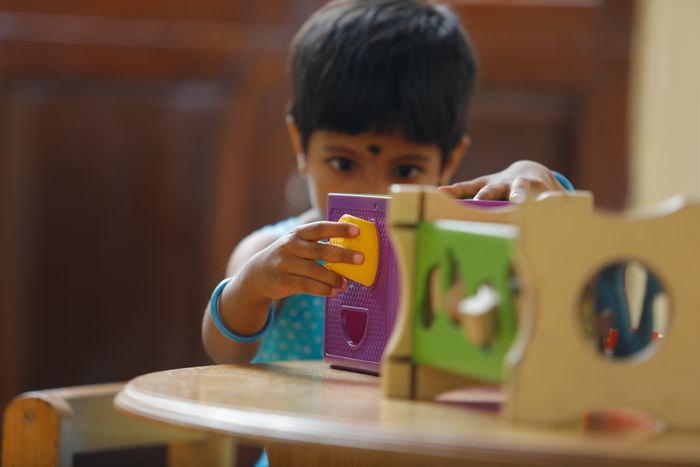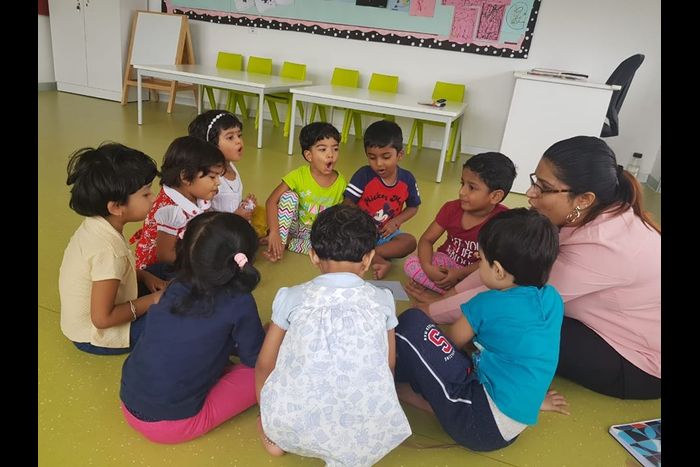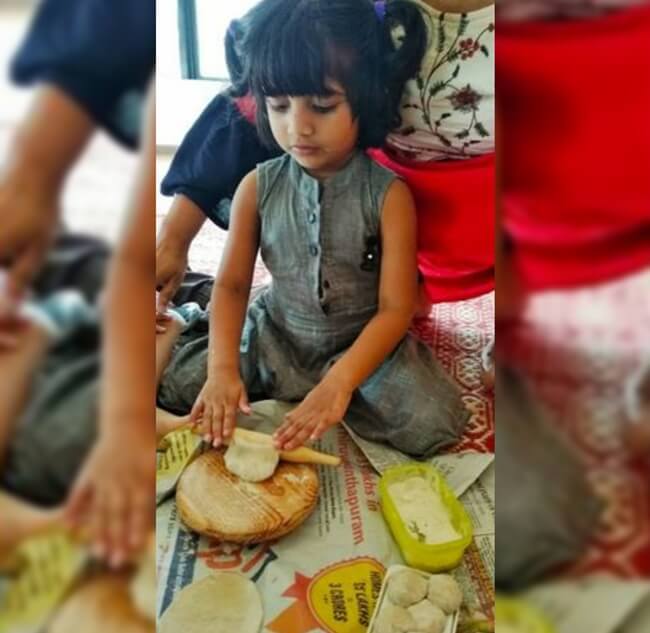


Using positive reinforcement to shape behaviour in preschoolers

Preschoolers are constantly learning—not just shapes and colours, but also how to behave, interact with others, and express themselves. These early years are critical for developing emotional and social skills, and the strategies used to guide their behaviour can have a lasting impact. One of the most effective and nurturing approaches is positive reinforcement.
Positive reinforcement encourages children to repeat desired behaviours by acknowledging and rewarding them. Rather than focusing on mistakes or misbehaviour, it highlights and celebrates what children are doing right. This simple yet powerful method helps shape a child’s behaviour gently and effectively.
What is positive reinforcement?
Positive reinforcement is a technique where a favourable response follows a desirable behaviour. When a child receives praise, affection, or a small reward after doing something well—such as sharing, listening, or tidying up—they are more likely to repeat that behaviour.
It can take many forms: a cheerful “Well done!”, a smile, a sticker, or an extra story before nap time. What matters most is that the reinforcement is consistent, sincere, and connected to a specific behaviour.
Why it works for preschoolers
Preschool-aged children are eager to please and thrive on adult attention. As they are still learning to regulate their emotions and actions, they rely on cues from caregivers and teachers to understand what is acceptable. Positive reinforcement provides clear, gentle guidance in an encouraging way.
Over time, this approach helps preschoolers:
-
Develop a sense of responsibility
-
Build confidence and self-esteem
-
Understand the difference between positive and negative behaviour
-
Strengthen social skills like cooperation, patience, and empathy
It also fosters a warm and trusting relationship between adults and children, helping them feel secure and valued.
Practical ways to use positive reinforcement
Positive reinforcement does not require elaborate rewards or constant praise. It is most effective when it is simple, meaningful, and age-appropriate.
Verbal acknowledgement
Saying “Thank you for waiting your turn” or “You did a great job tidying up!” helps children understand precisely what behaviour is being encouraged.
Visual rewards
Stickers, stars, or colourful charts allow children to see their progress. These tools are especially effective for preschoolers who respond well to visual cues.
Special privileges
Allowing a child to choose the next activity, be the classroom helper, or lead a song can be a powerful motivator and boost their sense of responsibility.
Physical affection
A warm smile, a pat on the back, or a high-five can be just as rewarding as words or prizes, especially for very young children.
Consistency and balance matter
Positive reinforcement works best when applied consistently. Children should receive encouragement each time they demonstrate the desired behaviour, especially in the early stages. Being specific is also key—while general praise like “Good job!” is nice, more detailed feedback such as “You were kind to your friend by sharing” helps children understand exactly what they did well.
However, maintaining balance is important. Over-rewarding can reduce a child’s intrinsic motivation. The goal is not simply to get children to behave in exchange for a prize, but to help them feel good about making the right choices. Positive reinforcement is a gentle, respectful, and highly effective approach to guiding preschool behaviour. It not only promotes good habits but also nurtures emotional development, confidence, and self-awareness.





